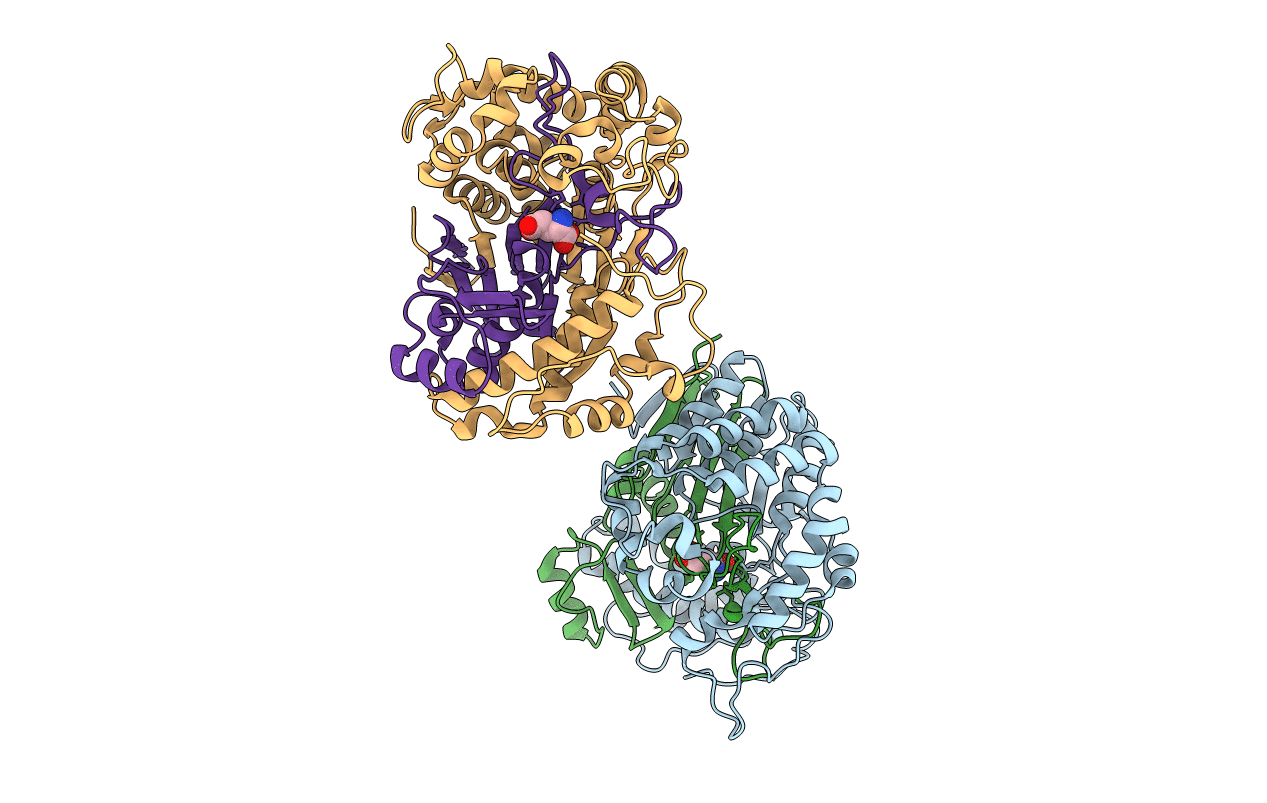
Deposition Date
2009-09-14
Release Date
2010-03-09
Last Version Date
2023-11-01
Entry Detail
PDB ID:
3A75
Keywords:
Title:
Crystal structure of glutamate complex of halotolerant γ-glutamyltranspeptidase from Bacillus subtilis
Biological Source:
Source Organism:
Bacillus subtilis (Taxon ID: 1423)
Host Organism:
Method Details:
Experimental Method:
Resolution:
1.95 Å
R-Value Free:
0.26
R-Value Work:
0.20
R-Value Observed:
0.20
Space Group:
P 21 21 21


